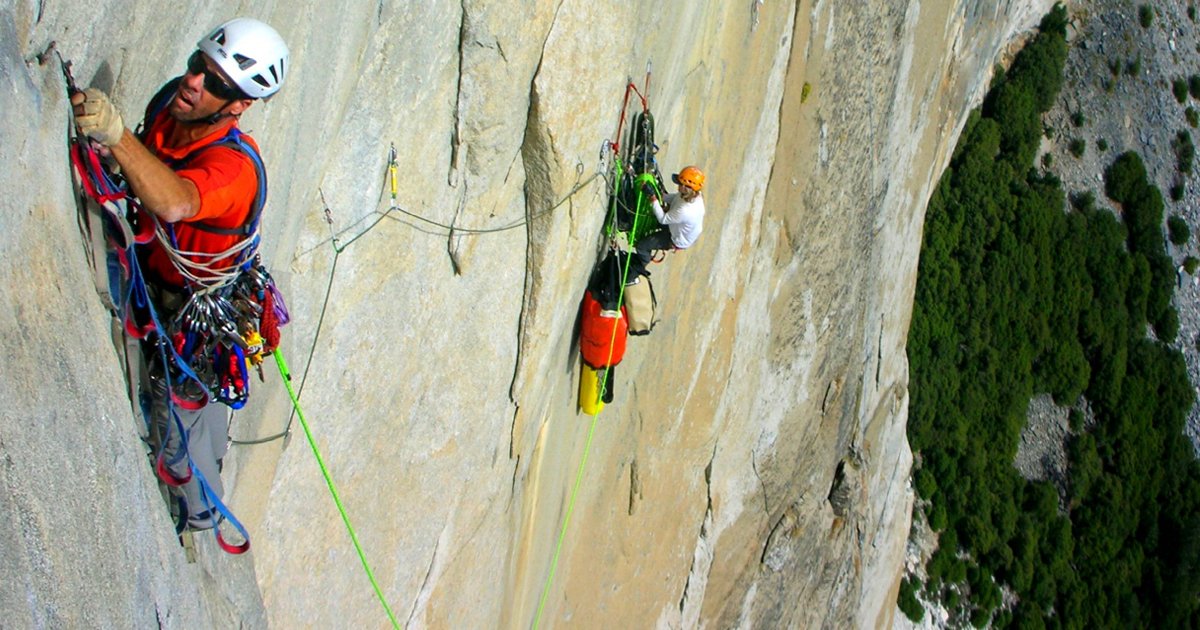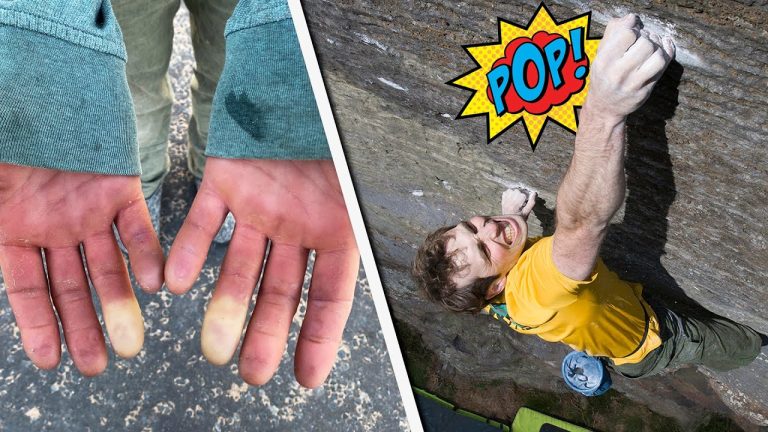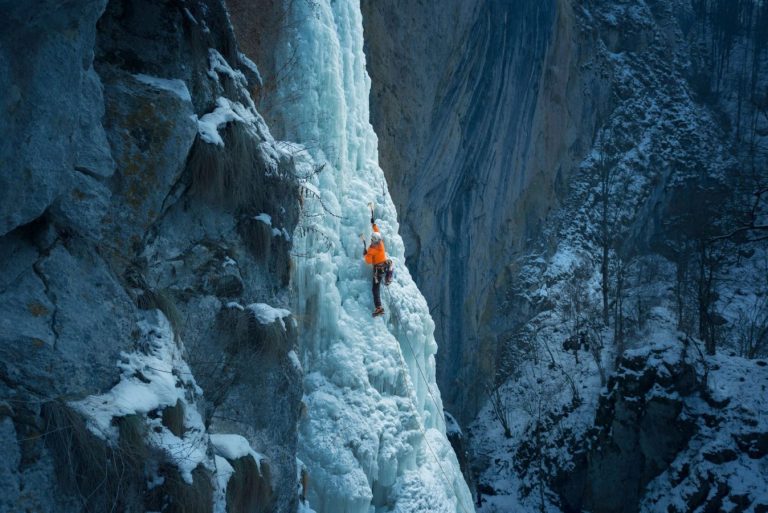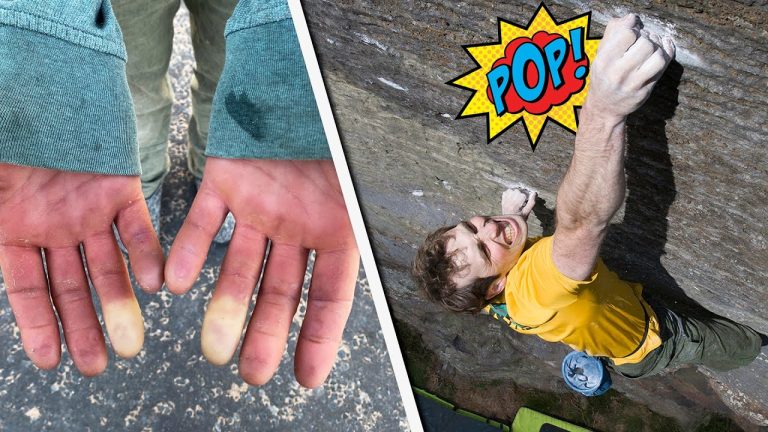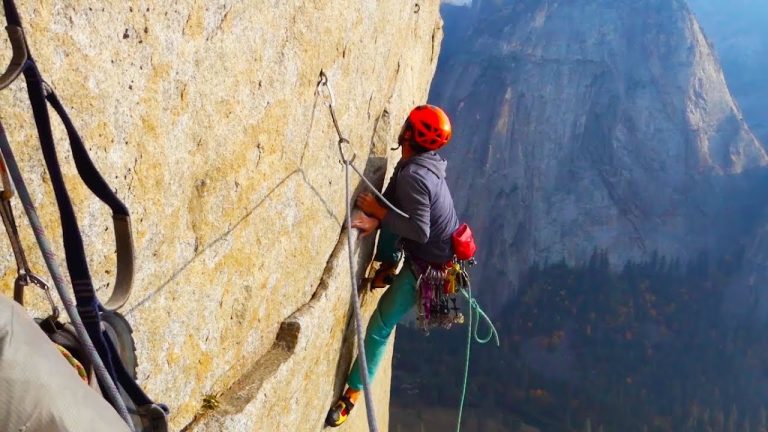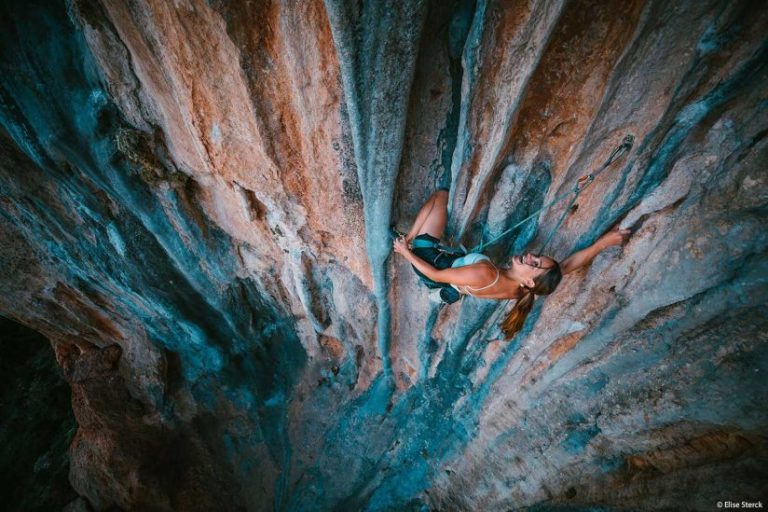Big Wall Climbing Safety: How to Climb Safely and Confidently
Big wall climbing can be an exhilarating and challenging experience for many climbers. It offers an opportunity to explore new heights, push your limits, and achieve personal goals. However, it’s essential to prioritize safety when climbing big walls, as the risks involved can be life-threatening. In this article, we’ll discuss the necessary steps you can take to climb big walls safely and confidently.
Understanding Big Wall Climbing
Big wall climbing is a style of climbing that involves climbing tall rock formations or cliffs, typically longer than a single day’s climb. These routes often require climbers to spend multiple days on the wall, sleeping on portable ledges or in hanging tents. The climbs can be demanding, both physically and mentally, and require excellent endurance, technique, and equipment.
Choosing the Right Gear
Choosing the right gear is crucial for big wall climbing. You’ll need specialized equipment designed for multi-day climbing, such as portaledge, ropes, and anchors, to ensure safety and comfort on the wall. Make sure to invest in high-quality gear and ensure it’s in good condition before your climb.
Preparing for the Climb
Proper preparation is key to a successful big wall climb. Plan your route, check the weather forecast, and make sure you have all necessary permits and permissions. Practice climbing techniques, such as aiding and jumaring, before the climb to build your skills and confidence.
Assessing the Risks
Big wall climbing carries significant risks, such as rockfall, bad weather, and equipment failure. Conduct a thorough risk assessment before your climb, and be prepared to adjust your plans accordingly. Consider the difficulty of the route, your physical condition, and your climbing experience when assessing risks.
Climbing Techniques
Mastering proper climbing techniques is essential for big wall climbing. Techniques like aiding and jumaring can help you navigate steep, difficult sections of the route. Proper use of protection equipment, such as cams and nuts, can also increase your safety on the wall.
Communication
Communication is vital when climbing big walls. Establish clear communication with your climbing partner, and develop a system of signals and commands to use while climbing. Ensure that you have a reliable means of communication with your partner, such as a two-way radio or a mobile phone.
Mental Preparation
Big wall climbing can be mentally challenging. Prepare yourself mentally for the climb by practicing visualization and positive self-talk. Visualize yourself successfully completing the climb, and focus on your strengths and abilities.
Staying Hydrated and Fed
Staying hydrated and fed is essential during multi-day big wall climbs. Ensure that you have plenty of water and food, and develop a plan for meal and water breaks. Keep your energy levels up by snacking frequently and staying hydrated.
Dealing with Emergencies
Emergencies can happen on big wall climbs, and it’s crucial to be prepared. Carry a first aid kit, and learn basic first aid skills before your climb. Practice self-rescue techniques, such as hauling yourself up the rope, in case of an emergency.
Practicing Safe Rappelling
Rappelling is a critical skill for big wall climbing. Make sure to use a reliable rappelling device and double-check all connections before starting your descent. Always maintain three points of contact with the rope and avoid twisting the rope while rappelling.
Cleaning Up After the Climb
Leave no trace is an essential principle of outdoor ethics. After your climb, make sure to clean up any gear or trash left behind, and minimize your impact on the environment. Dispose of waste properly and follow established procedures for human waste management.
Post-Climb Recovery
Proper recovery after a big wall climb is crucial for your health and well-being. Take time to rest and recover after your climb, and pay attention to any injuries or soreness. Practice self-care techniques, such as stretching and massage, to help your body recover.
Common Mistakes to Avoid
Big wall climbing can be dangerous, especially if proper safety measures are not taken. Avoid common mistakes such as climbing beyond your skill level, neglecting to check equipment, or failing to communicate effectively with your partner. Be aware of the risks involved in big wall climbing and take steps to minimize them.
Conclusion
Big wall climbing can be an exhilarating and rewarding experience, but it requires proper preparation, skill, and equipment. By following the steps outlined in this article, you can climb big walls safely and confidently. Remember to prioritize safety at all times, and enjoy the adventure of big wall climbing!
FAQs
- Is big wall climbing dangerous?
- Yes, big wall climbing can be dangerous if proper safety measures are not taken. Conduct a thorough risk assessment before your climb, and be prepared to adjust your plans accordingly.
- What gear do I need for big wall climbing?
- You’ll need specialized equipment designed for multi-day climbing, such as portaledge, ropes, and anchors, to ensure safety and comfort on the wall. Make sure to invest in high-quality gear and ensure it’s in good condition before your climb.
- How do I stay hydrated and fed during a big wall climb?
- Staying hydrated and fed is essential during multi-day big wall climbs. Ensure that you have plenty of water and food, and develop a plan for meal and water breaks. Keep your energy levels up by snacking frequently and staying hydrated.
- What should I do in case of an emergency during a big wall climb?
- Carry a first aid kit, and learn basic first aid skills before your climb. Practice self-rescue techniques, such as hauling yourself up the rope, in case of an emergency.
- What should I do to recover after a big wall climb?
- Proper recovery after a big wall climb is crucial for your health and well-being. Take time to rest and recover after your climb, and practice self-care techniques, such as stretching and massage, to help your body recover.
